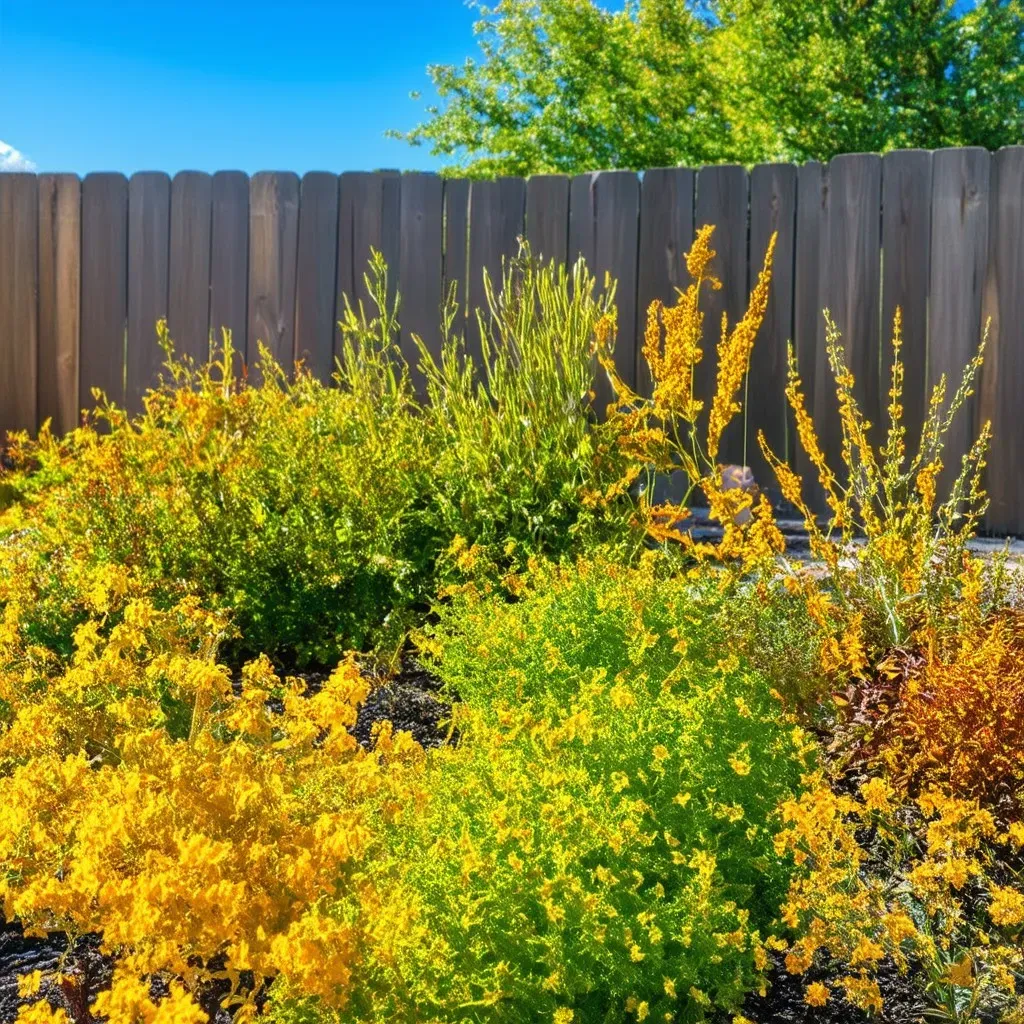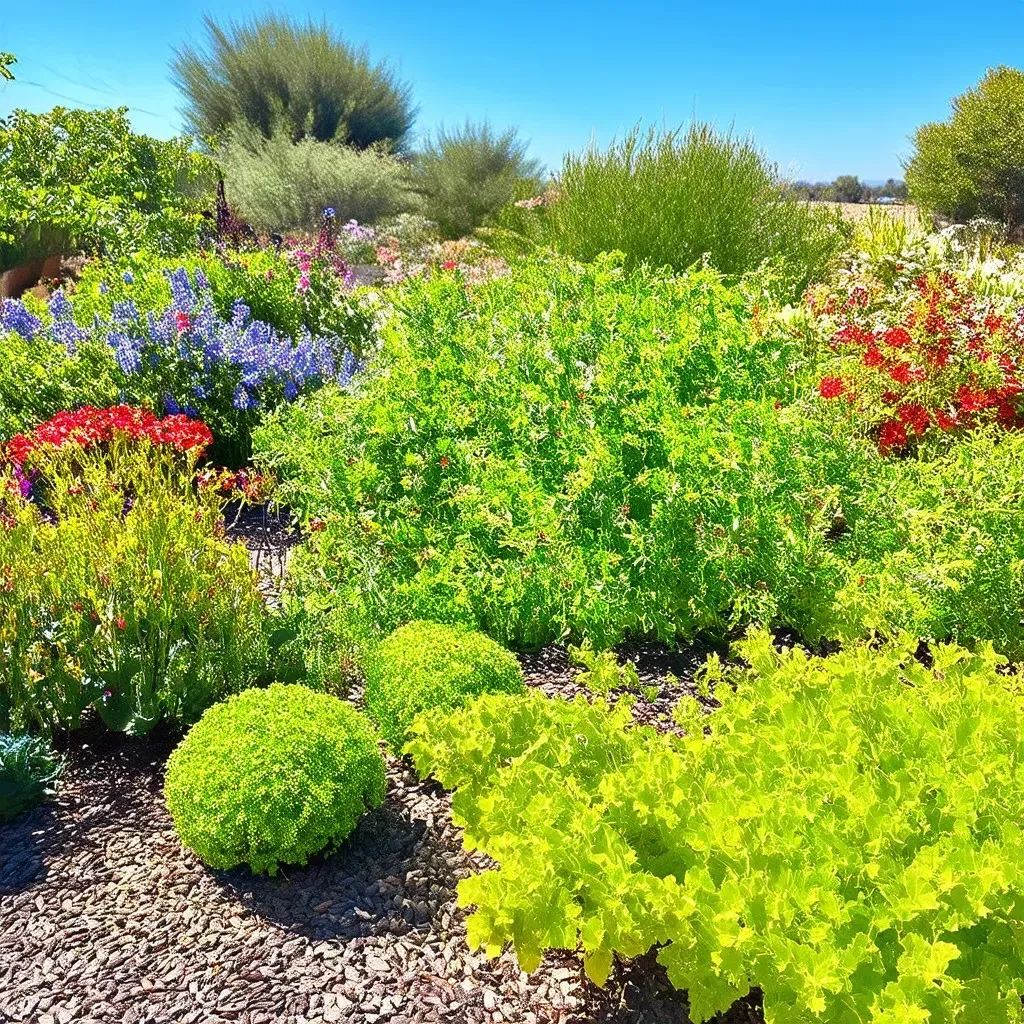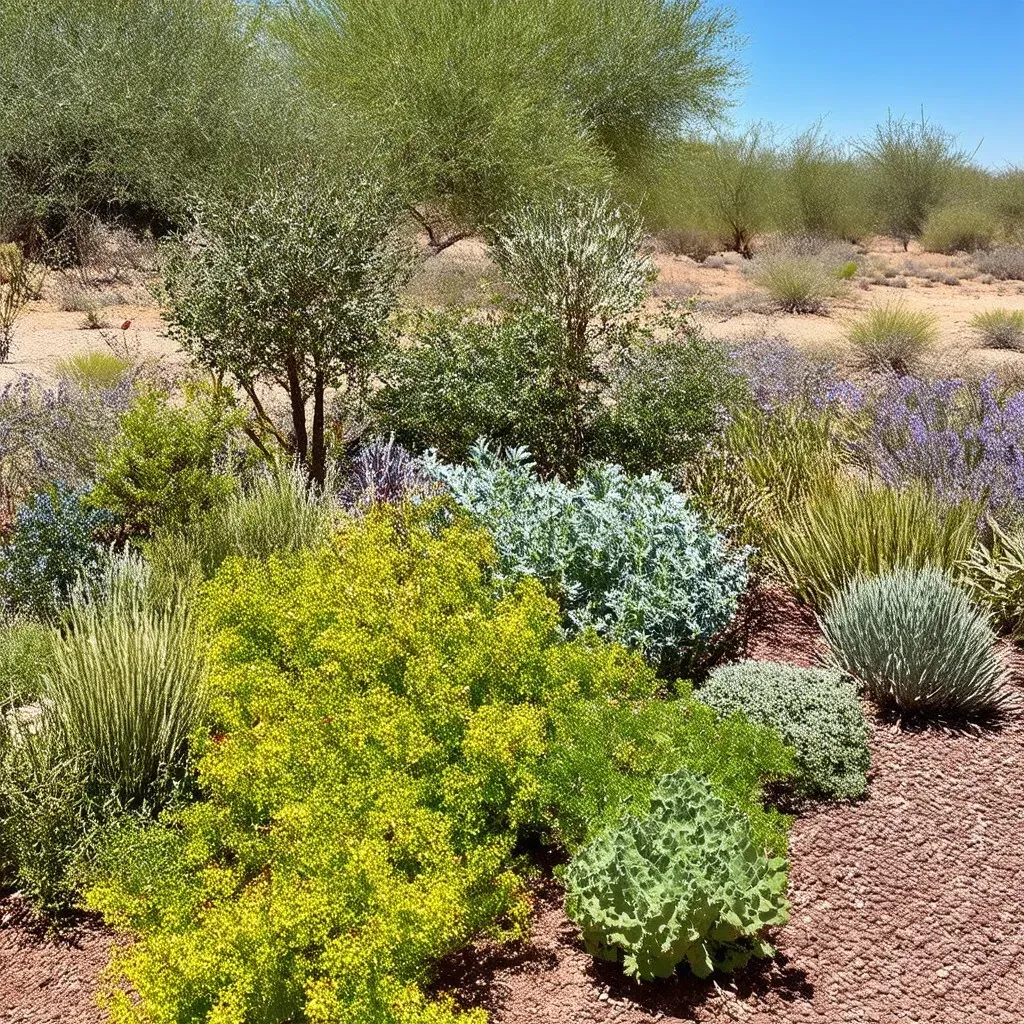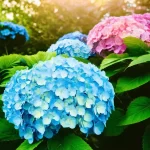Drought tolerant plants are essential for sustainable gardening in regions like Massachusetts, especially as climate conditions fluctuate. With the right choices, you can ensure your garden remains vibrant and healthy even during dry spells.
What Are Drought Tolerant Plants?
Drought tolerant plants are species that have adapted to survive and thrive with little water after their establishment period. They possess characteristics such as deep roots, thick and waxy leaves, and a structured growth that reduces water loss, making them ideal for gardens facing periods of water scarcity.
The Benefits of Drought Tolerant Plants in Massachusetts:
- Water Conservation: These plants require less water, contributing to overall water conservation efforts.
- Low Maintenance: Once established, they require minimal care, saving time and effort in garden management.
- Ecological Stability: Native drought resistant plants promote biodiversity and support local wildlife, such as pollinators.
Quick Facts About Drought in Massachusetts:
| Year | Average Precipitation (inches) | Drought Incidence (Days) |
|---|---|---|
| 2016 | 43.5 | 33 |
| 2017 | 46.6 | 60 |
| 2018 | 43.0 | 75 |
| 2019 | 45.1 | 10 |
| 2020 | 42.4 | 40 |

Top Drought Tolerant Plants for Massachusetts
When selecting drought tolerant plants for your Massachusetts garden, consider both perennial and annual options as they can provide color and texture throughout the seasons.
1. Black-eyed Susan (Rudbeckia hirta)
- Light Requirement: Full sun
- Soil Type: Well-drained
- Height: 2 to 3 feet
- Bloom Time: Late summer to early fall
- Native to Massachusetts: Yes
2. Eastern Red Cedar (Juniperus virginiana)
- Light Requirement: Full sun to partial shade
- Soil Type: Tolerant of poor soils
- Height: 40 to 50 feet
- Native to Massachusetts: Yes
3. New England Aster (Symphyotrichum novae-angliae)
- Light Requirement: Full sun
- Soil Type: Well-drained, prefers sandy soil
- Height: 3 to 6 feet
- Bloom Time: Late summer to fall
- Native to Massachusetts: Yes
4. Butterfly Weed (Asclepias tuberosa)
- Light Requirement: Full sun
- Soil Type: Well-drained, sandy
- Height: 1 to 3 feet
- Bloom Time: Summer
- Native to Massachusetts: Yes
5. Sedum (Sedum spp.)
- Light Requirement: Full sun
- Soil Type: Well-drained
- Height: Varies (up to 2 feet)
- Bloom Time: Late summer
- Native to Massachusetts: Many varieties are native
6. Daylily (Hemerocallis spp.)
- Light Requirement: Full sun to partial shade
- Soil Type: Adaptable
- Height: 1 to 4 feet
- Bloom Time: Early summer to fall
- Native to Massachusetts: Parts of some cultivars are native
7. Russian Sage (Perovskia atriplicifolia)
- Light Requirement: Full sun
- Soil Type: Well-drained, tolerates poor soils
- Height: 2 to 4 feet
- Bloom Time: Summer
- Native to Massachusetts: Not native, but highly adaptable

Planting and Care Tips
Site Selection
- Sunlight: Most drought tolerant plants prefer full sun to thrive. Carefully evaluate your garden’s exposure.
- Soil Quality: Well-draining soil is crucial for these plants to thrive, as it prevents root rot.
Watering Practices
- Initial Watering: During establishment (first 6-8 weeks), consistent watering is vital. Once established, cut back on watering.
Mulching
- Apply a layer of organic mulch to conserve moisture, reduce weeds, and regulate soil temperature.
Fertilization
- Over-fertilization can promote water dependency. Use organic fertilizers sparingly.
Designing Your Drought Resistant Garden
- Layering: Mix different heights and textures to create visual interest.
- Grouping Plants: Group drought tolerant plants together to optimize water use.
Frequently Asked Questions
Q1: How long do I need to water my drought tolerant plants after planting?
A: Water your newly planted drought tolerant plants consistently for the first 6-8 weeks to help establish roots.
Q2: Will drought resistant plants survive Massachusetts winters?
A: Many drought tolerant plants are well-suited for the Massachusetts climate and will survive winter, although some may need protection during extreme cold.
Q3: Can I plant drought tolerant plants in shaded areas?
A: While many drought tolerant plants prefer full sun, some varieties can tolerate partial shade. Always check individual requirements.
Q4: Where can I find more information about native drought resistant plants?
A: The University of Massachusetts provides extensive resources on drought resistant plants. You can visit their website UMass Landscape Fact Sheets for more detailed information.
Q5: Are there any lawn alternatives that are drought tolerant?
A: Yes! Consider ground covers like clover or creeping thyme, which require significantly less water than traditional grass lawns.
By implementing drought tolerant plants in your Massachusetts garden, you can create an environmentally friendly, resilient landscape that thrives in changing climate conditions. Enjoy the beauty of nature while conserving resources!



